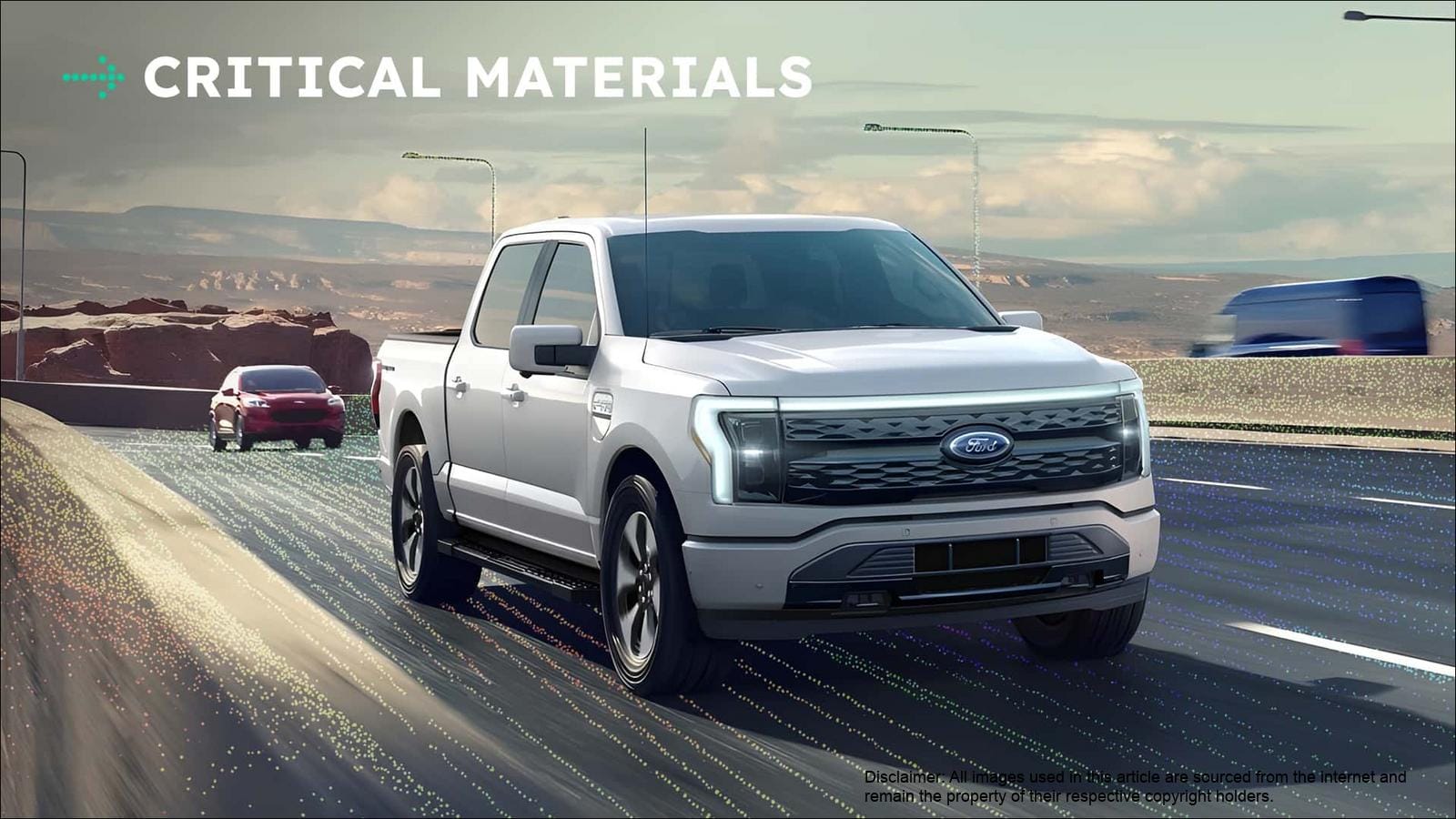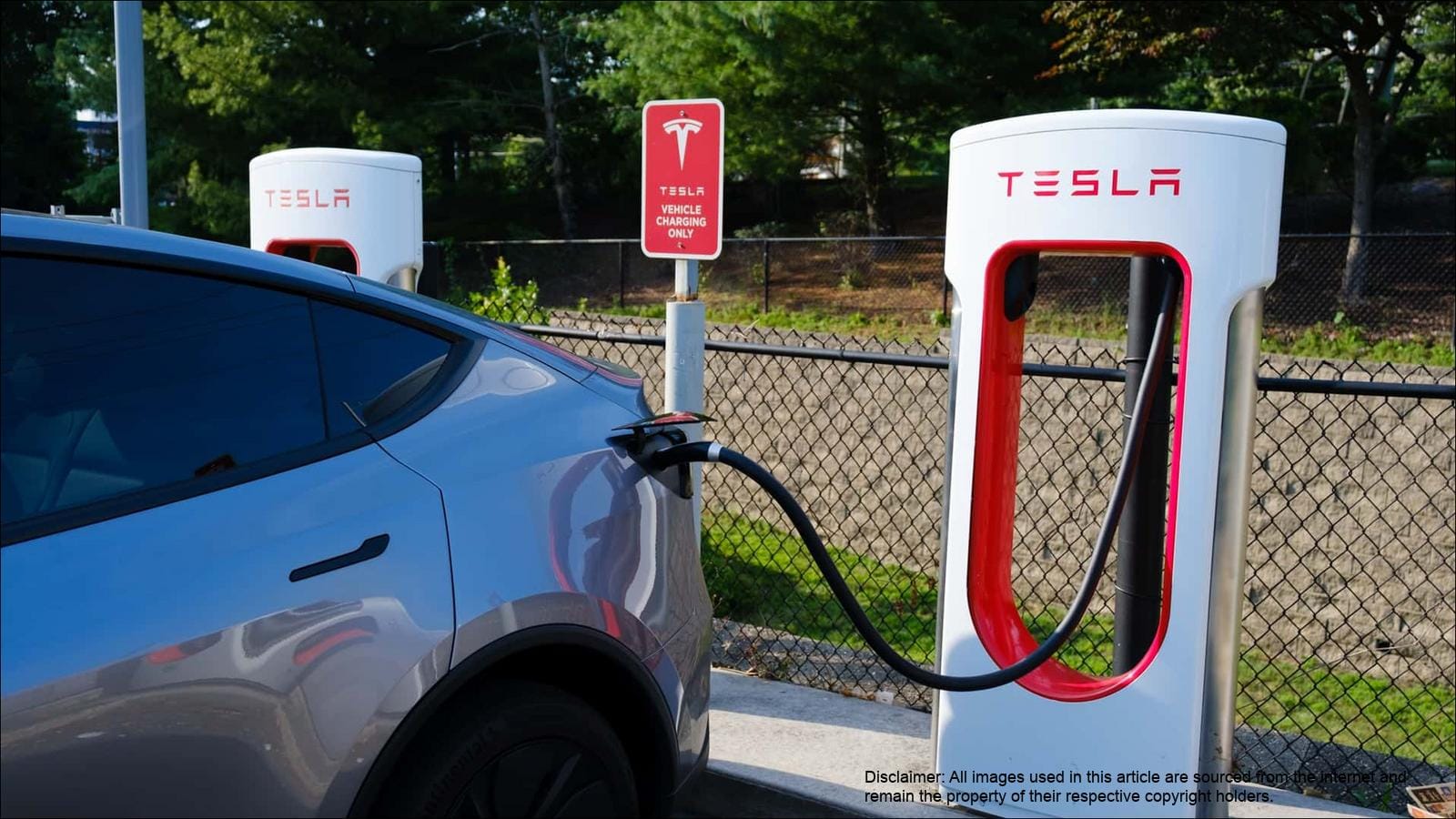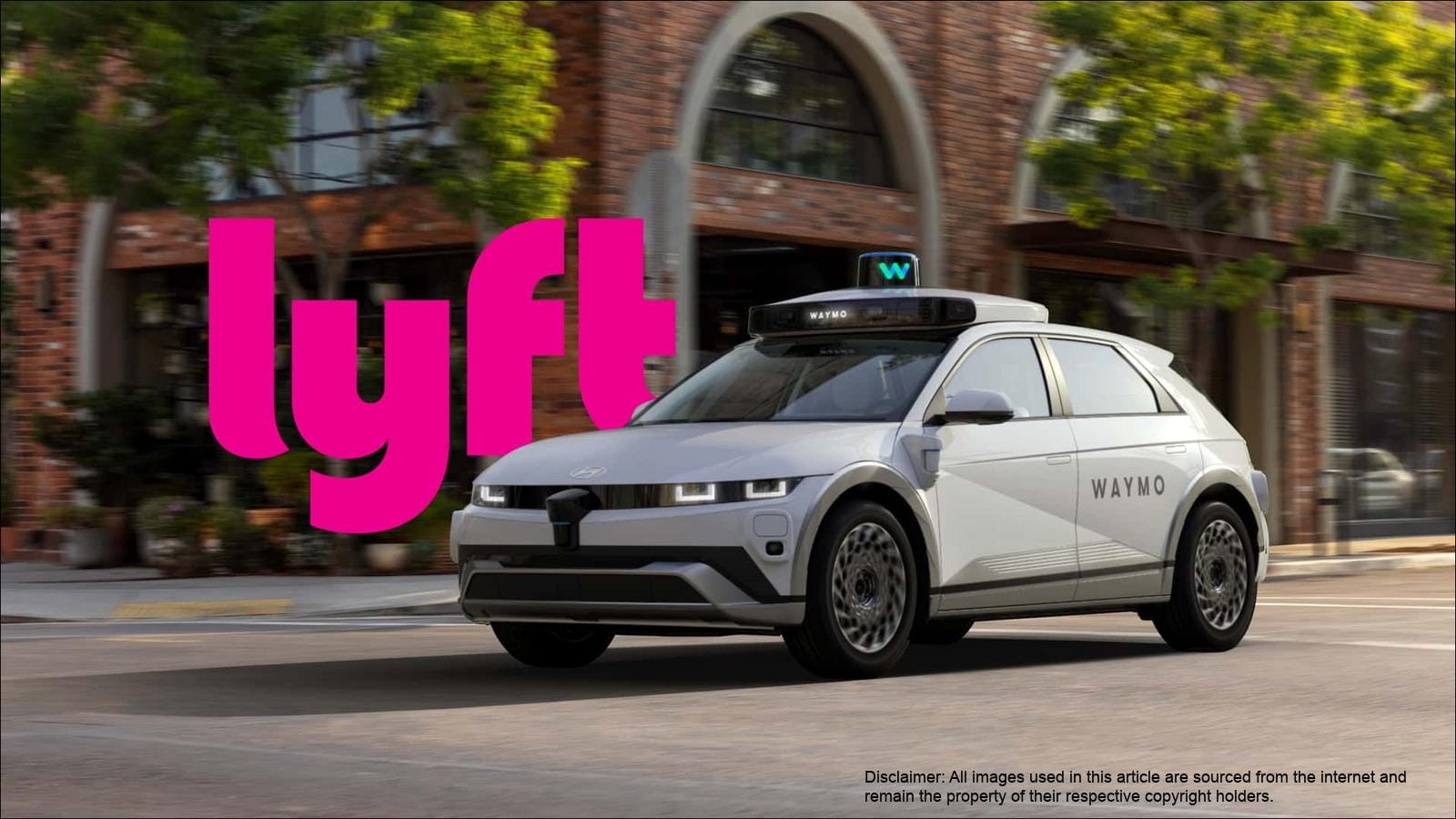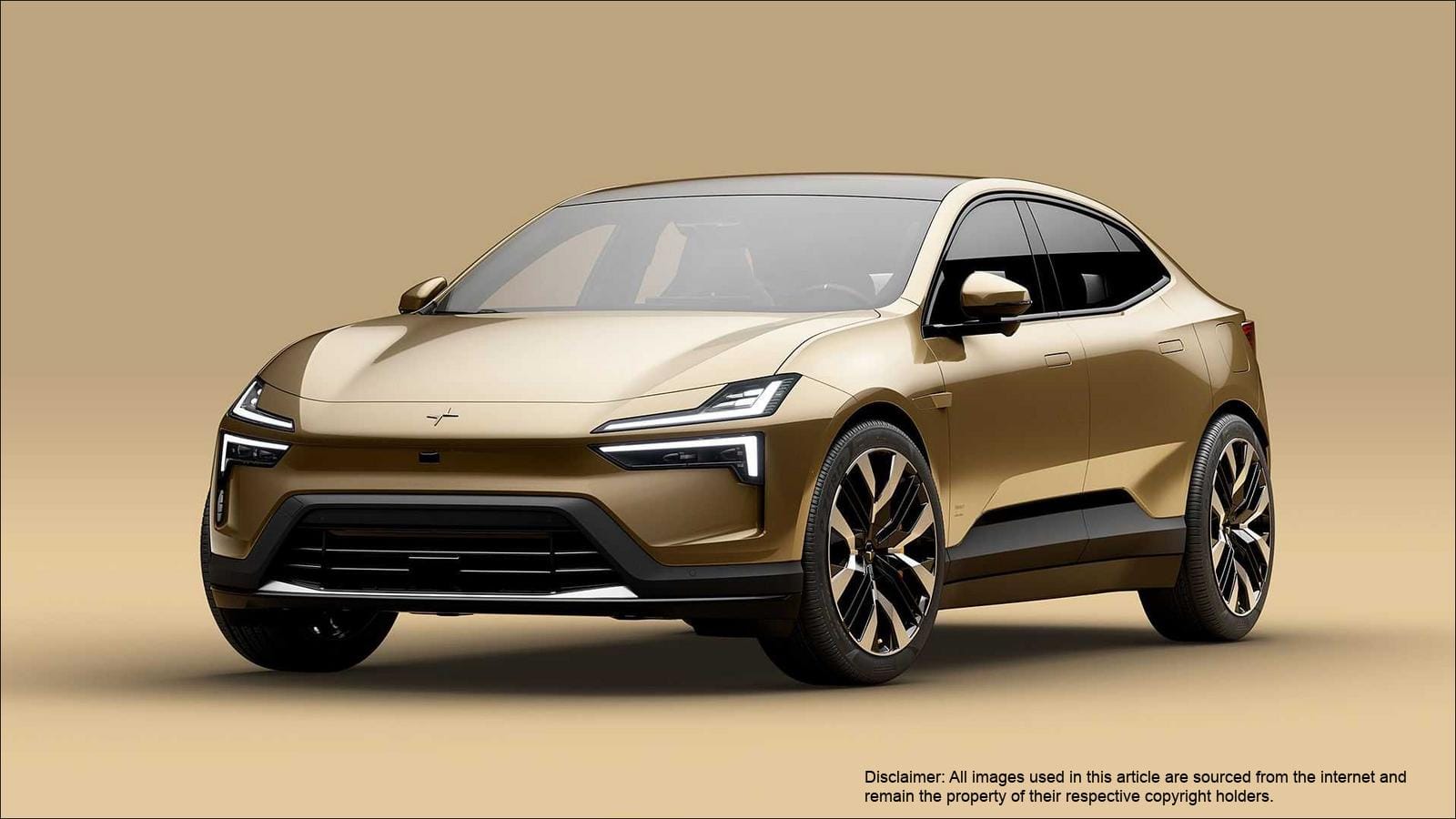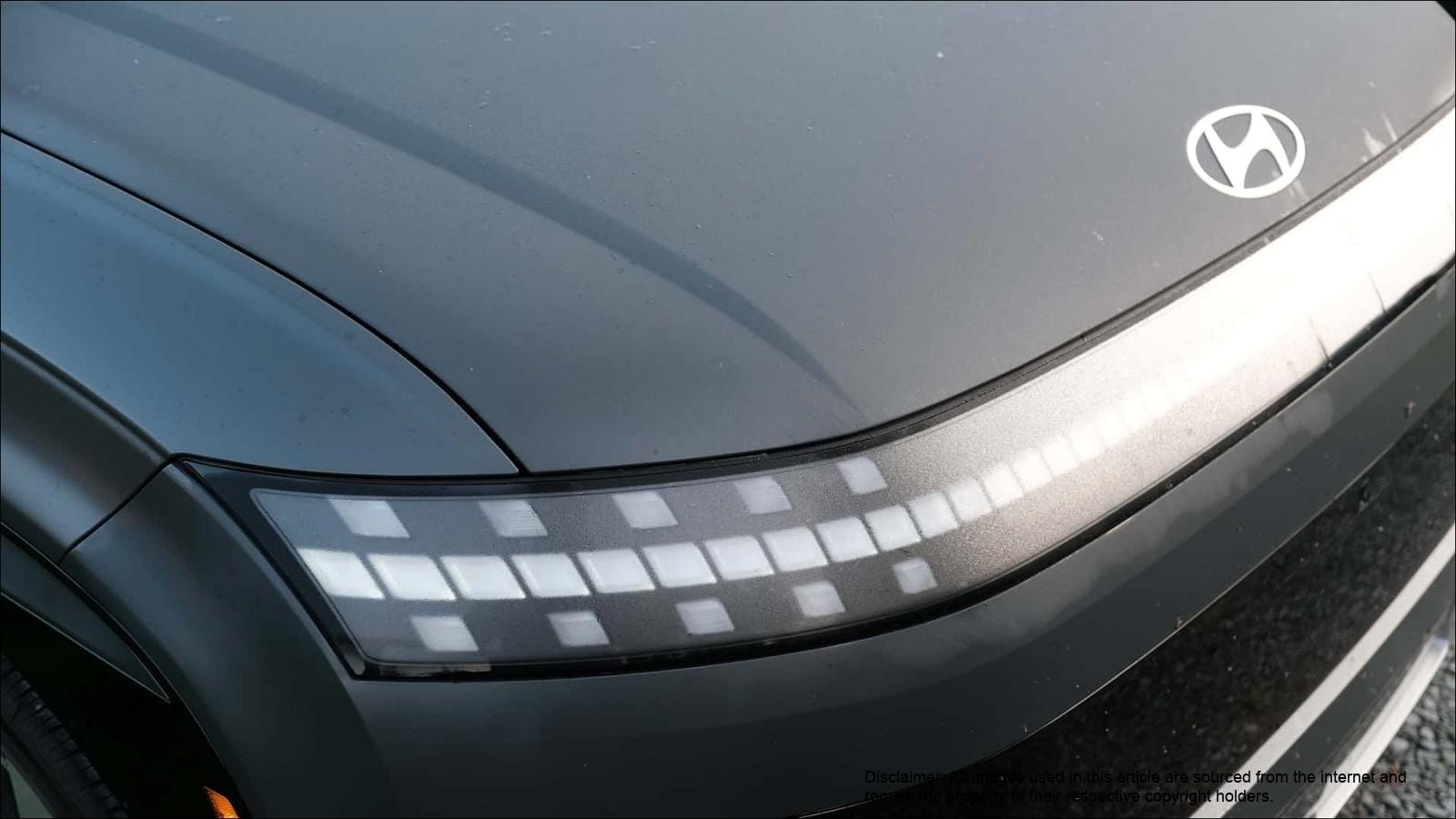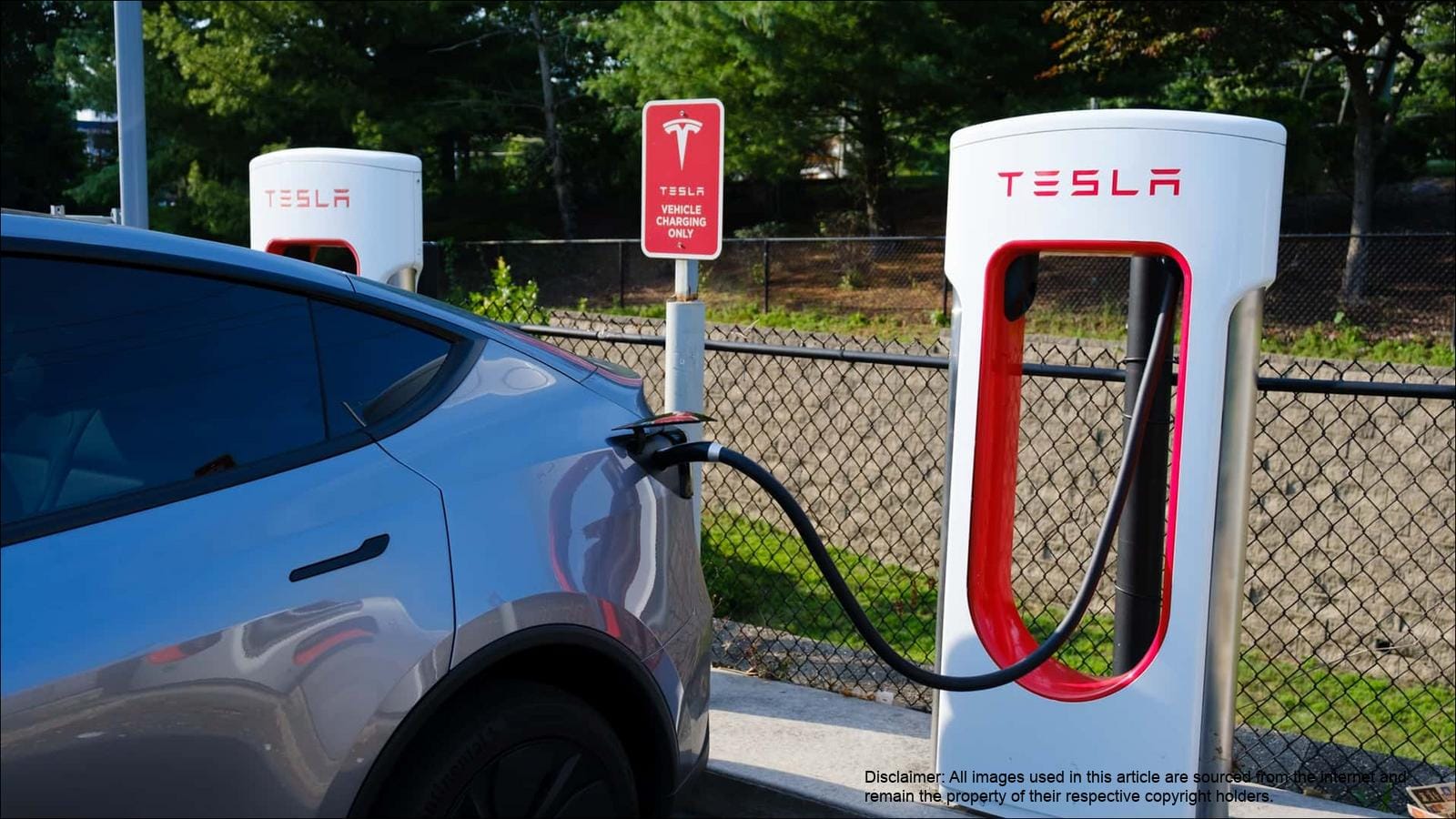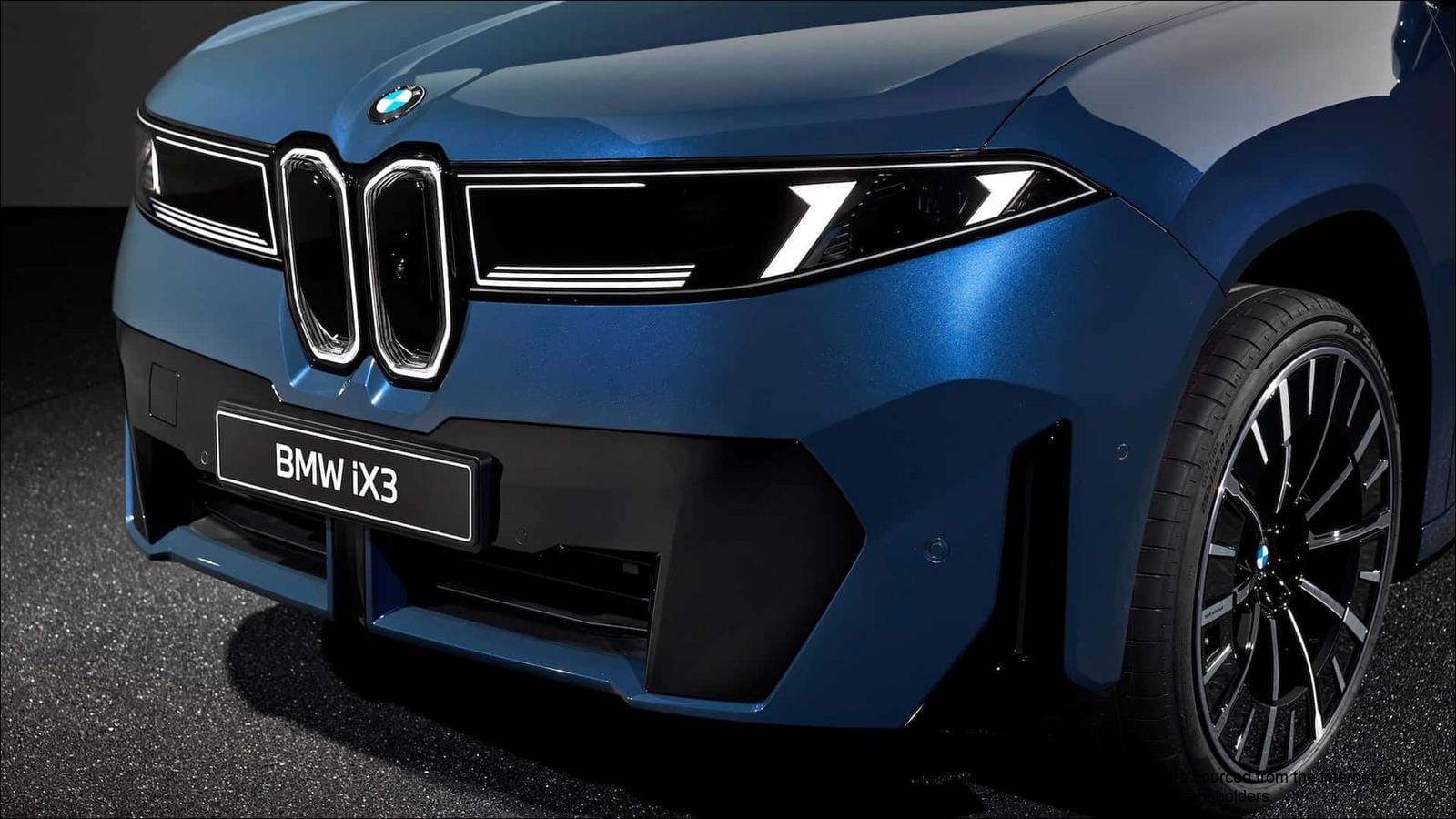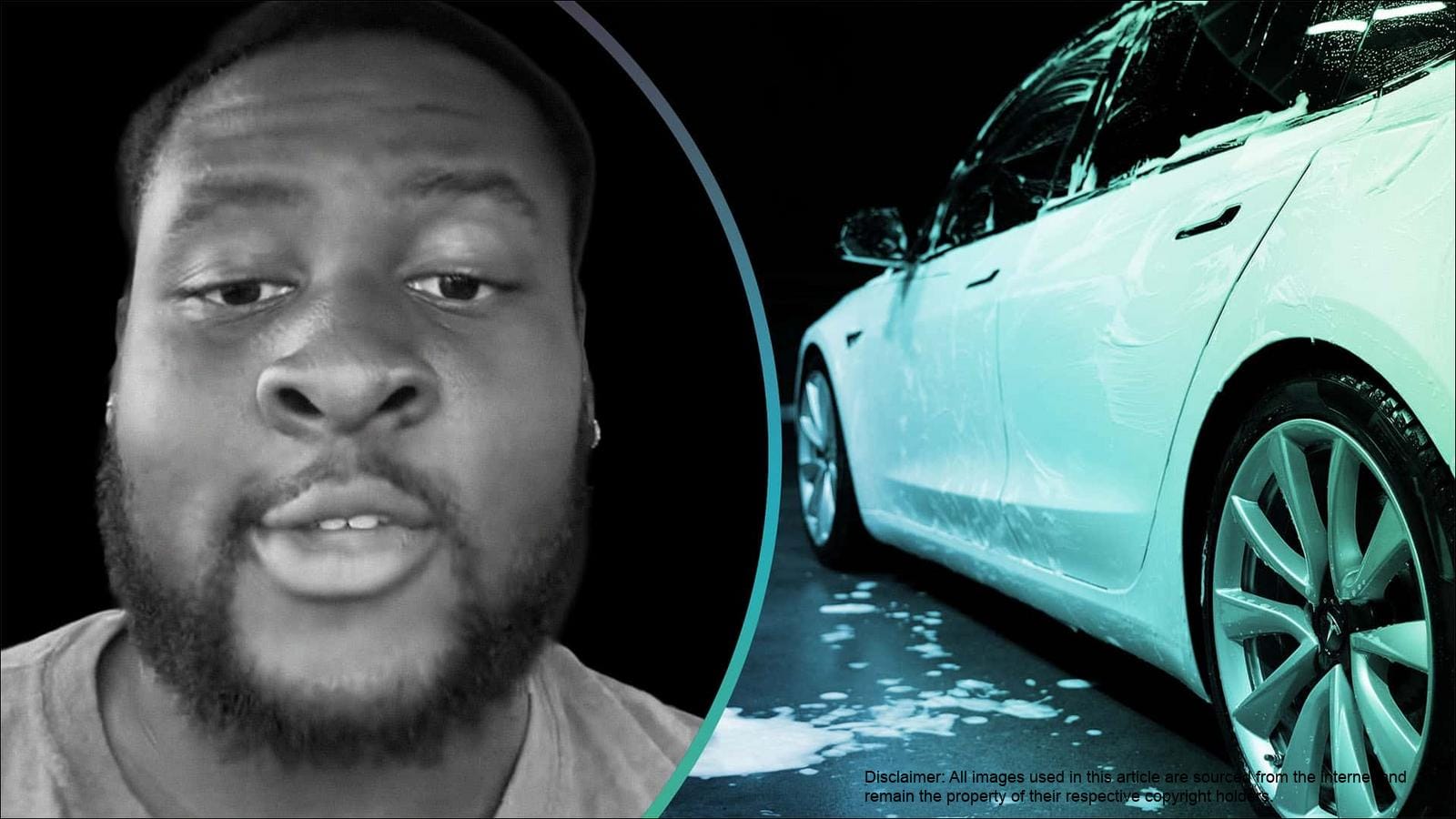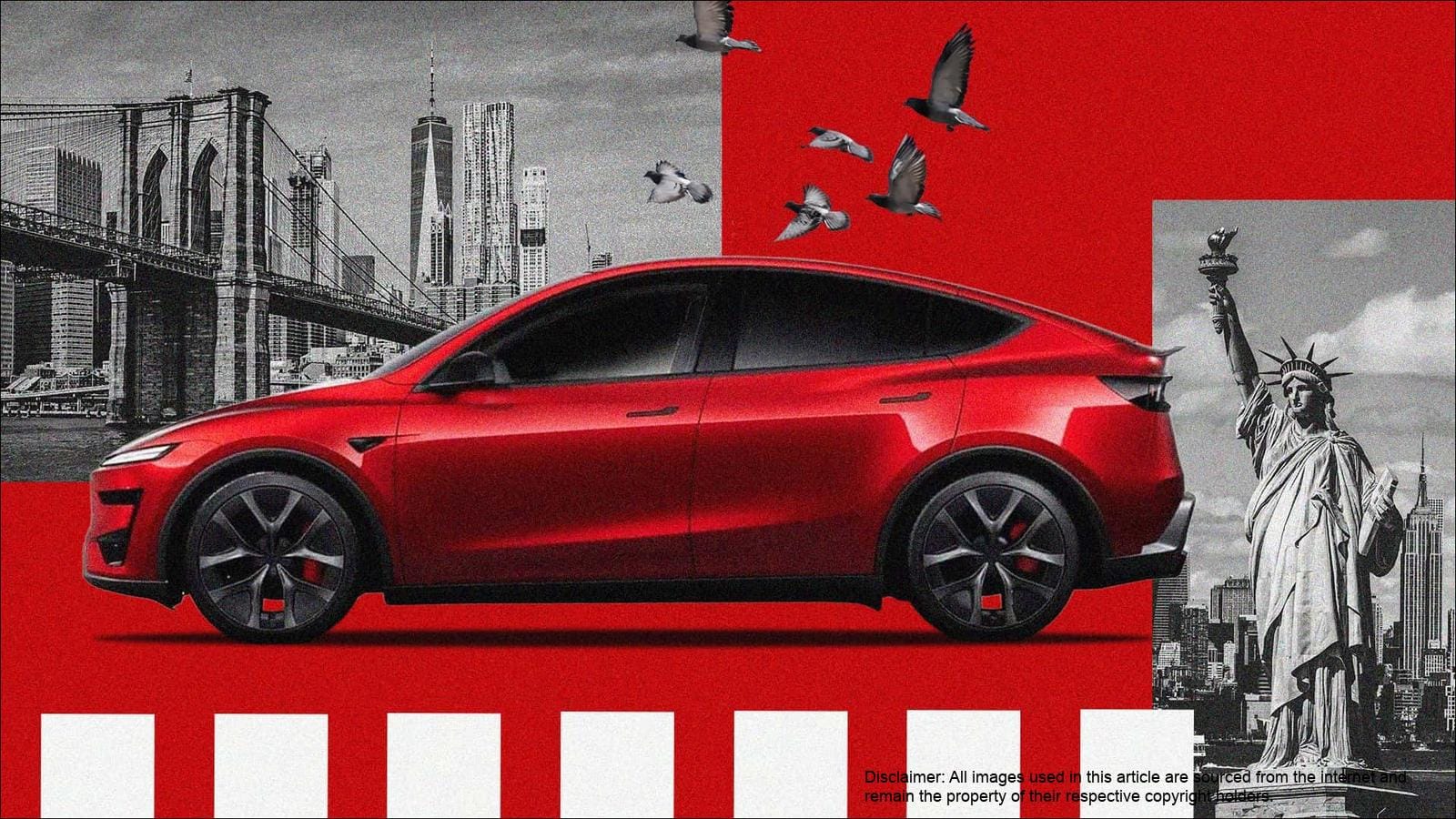Tesla’s Delivery Numbers: A Quarter of Concern?
Tesla’s upcoming second-quarter delivery numbers have Wall Street bracing for potential disappointment. Analysts’ predictions vary widely, with some estimating deliveries as high as 391,000 and others as low as 355,000. To put this in perspective, Tesla delivered approximately 444,000 vehicles in the second quarter of the previous year. The more pessimistic forecasts suggest a significant year-over-year drop, potentially marking one of Tesla’s largest quarterly declines.
Several factors contribute to this anticipated downturn. Elon Musk’s political stances have alienated a segment of Tesla’s customer base, particularly in Europe. Additionally, Tesla’s model lineup has remained relatively stagnant, while other EV manufacturers have introduced compelling alternatives, increasing competition. The Chinese EV market, a critical region for Tesla, is seeing rapid growth from domestic brands like BYD, Nio, Geely, and Xiaomi, further intensifying the competitive landscape. The table below summarizes analysts’ expectations for Tesla’s Q2 deliveries:
| Analyst | Q2 Delivery Estimate | Year-Over-Year Change |
|---|
| Optimistic Estimate | 391,000 | -12% |
| Pessimistic Estimate | 355,000 | -21% |
| Q2 2024 Actual | 444,000 | N/A |
Adding to the uncertainty, potential changes to the EV tax credit could further impact Tesla’s sales. However, some analysts believe that Tesla’s future success extends beyond its automotive business, citing potential in areas like AI, robotics, and the Robotaxi program. Tesla’s stock performance often hinges on sentiment and future prospects, making the upcoming delivery numbers a crucial indicator of its near-term trajectory.


